MK7 GTI Rear Sway Bars Explained


You're mid-corner, and that pesky traction control light is blinking at you, again. You just want to power out of the corner, but the nannies are getting in the way. You hold down the ECS button until you hear the chime and aim for the next apex. You feel spot on and confident and begin to apply power, only this time the front end pushes out. You lift off, saving your Mk7 from leaving the pavement, but far off from the line you intended. Alas, the canyon run has left you wanting.
Whether you’re just starting out as a car enthusiast or you’re deep in, hopefully one of your first thoughts has been upgrading the suspension. An obvious place to start might be springs or coilovers, both of which can get expensive very quickly either via install cost of just the price of parts. So, do you really need to invest in a $1000+ coilover setup to dramatically improve the handling characteristics of your Mk7? The short answer: No. Today’s topic: The magic of rear sway bar upgrades!
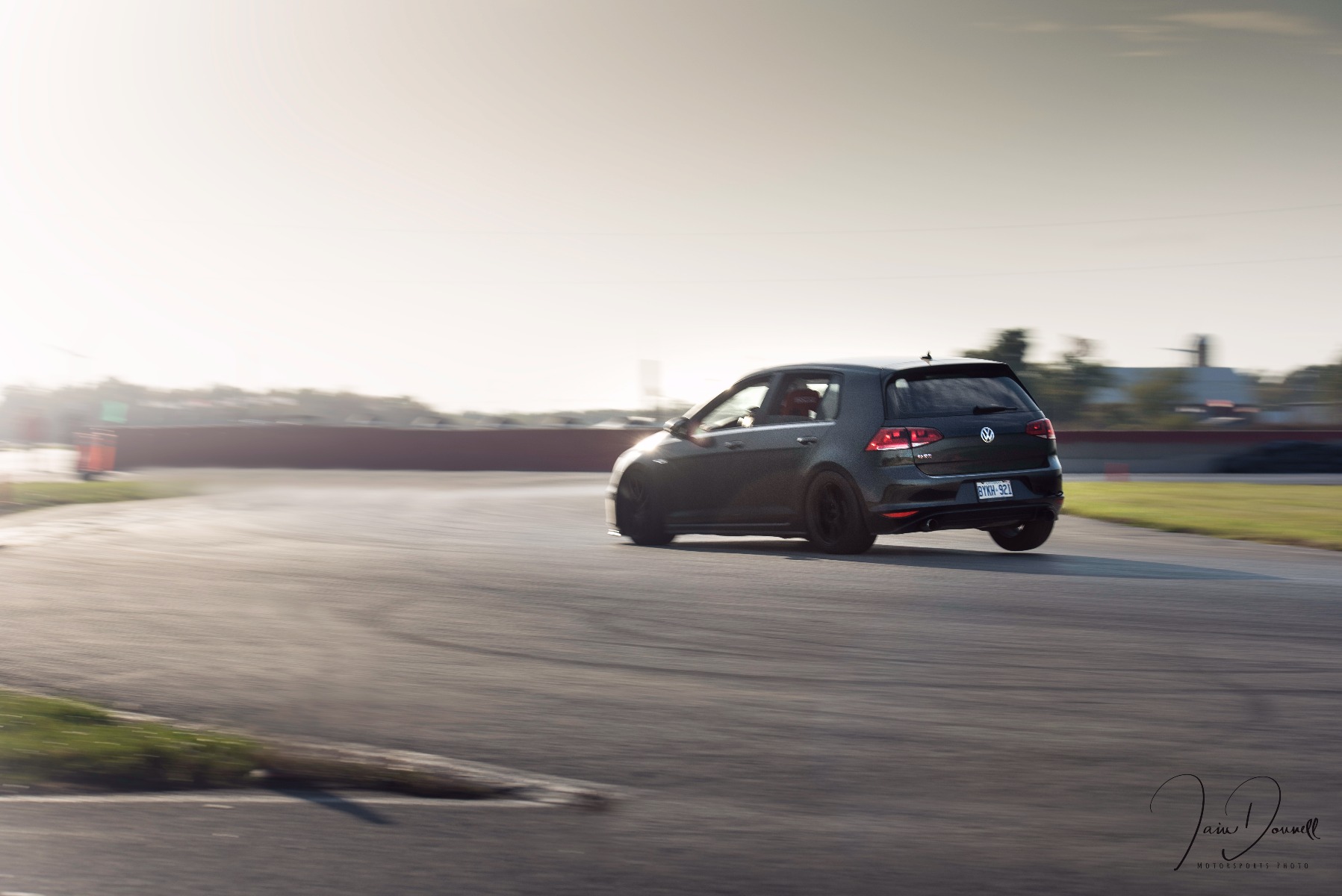
Photo Courtesy of Iain Donnell! Check him out on Instagram: @iaindonnell
What is it, and how does it work?
Let’s start with the high-level version. Sway bars, anti-roll bars, or anti-sway bars, all refer to the same thing: an active suspension component which “links” two wheels on a single axle. Sway bars primarily affect your Mk7’s handling in two ways. Firstly, the sway bars target reducing body. The stiffer the sway bar, the stronger the “link” between two wheels on the axle, and thus the less body roll. The second effect is the called the handling bias, or just bias for short. Depending on the relative size of the sway bar (front vs. rear, sway bar stiffness vs. spring rates, etc.), the overall car will be biased more toward understeer or more toward oversteer.
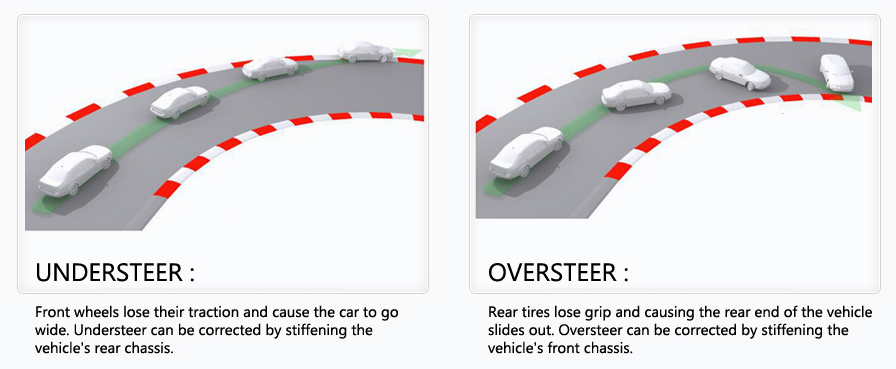
Recall, understeer bias is when the car is at the edge of grip, the front tires give up first. In this case, you understeers the corner, and the car does not rotate properly to meet the arc of the corner. From the factory, most cars have a modest understeer bias as it makes cars more predictable, forgiving, and overall easier to drive at the limit. The Mk7 GTI is no exception to this rule, and from the factory has a fair bias toward understeer at the limit.
On the other hand, oversteer is when at the edge of grip, the rear tires give up grip first. In this case, the car oversteers the corner, by rotating more than the arc of the corner. Correcting oversteer is usually a more puckering moment, especially if you’re not prepared for it. However, oversteer bias can be advantageous for cars on extremely tight courses, makes cars generally more “playful”, and can improve turn in.
Because the GTI’s factory suspension is biased toward predictable rather than playful, biasing the car more toward oversteer (or even just neutrality) can be extremely rewarding. To accomplish this, we recommend upgrading the rear sway bar. This will offer improved turn in, better grip over the front tires, and better overall rotation; all of which with minimal differences in overall ride quality.
Choosing the Right Sway Bar
As mentioned, the stiffer the sway bar, the stronger the link. Sway bars stiffness is generally not explicitly listed, instead, we measure sway bar thickness by diameter. For instance, the factory rear sway bar size on a Mk7 GTI is 20mm (21.3mm in some early models). However, this can quickly get a little confusing as some manufactures use solid bars, while others use hollow. Still, generally speaking, the thicker the bar, the stiffer the bar. We find the following to generally be true with otherwise stock suspension cars.
22-23mm: Rear sway bars of this thickness offer a mild change over stock. The car changes from modest understeer to a more neutral position. For those who may be just learning, or spend more time at in the canyons, this can be a great option for improvement while maintaining predictability.
24-25mm: At this size, the change should be relatively significant in overall handling. The car will likely be neutral under power, but begin to exhibit substantial “playful” characteristics. For example, lift-off oversteer generally becomes noticeable in this range. Meaning, lifting off the gas mid-corner should cause the rear end to rotate almost immediately. However, the effects aren’t so drastic that it makes the car unpredictable.
26mm+: Bars of this thickness are pretty aggressive. The car will have strong lift-off oversteer behavior, but will power out of corners significantly better. These bars are generally recommended for those looking to autocross, do more heavy-duty track work, or other suspension mods that make this aggressive option make sense.
For more info, check out Paul's video!




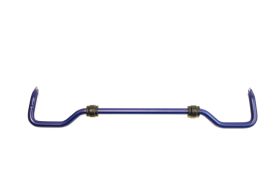
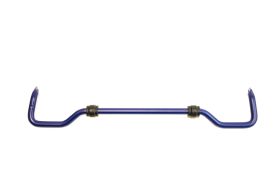
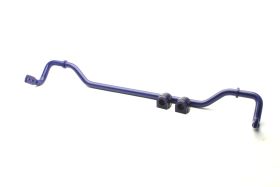










Comments